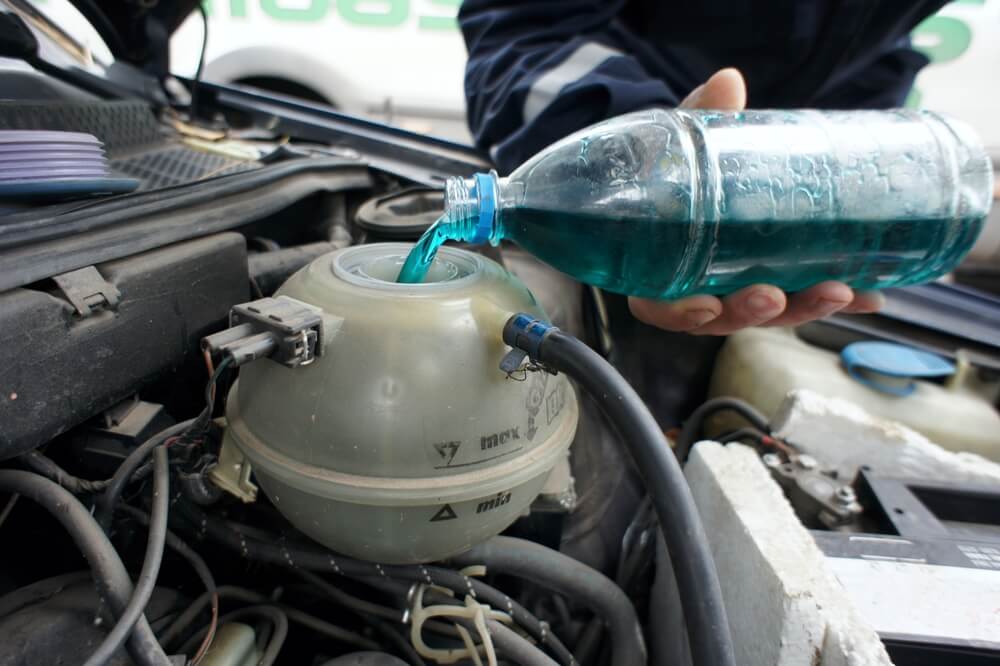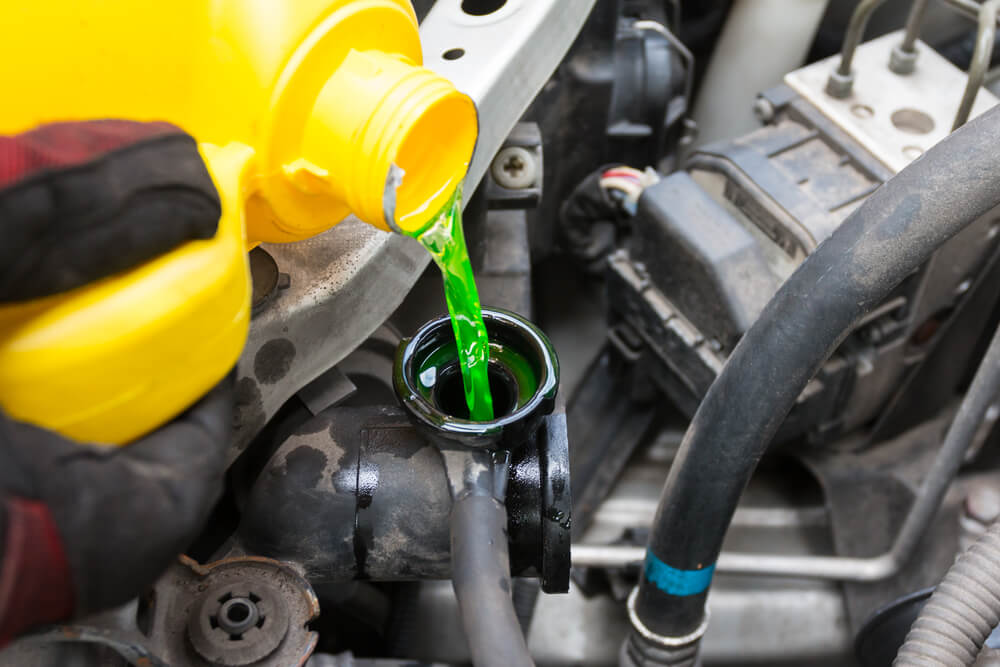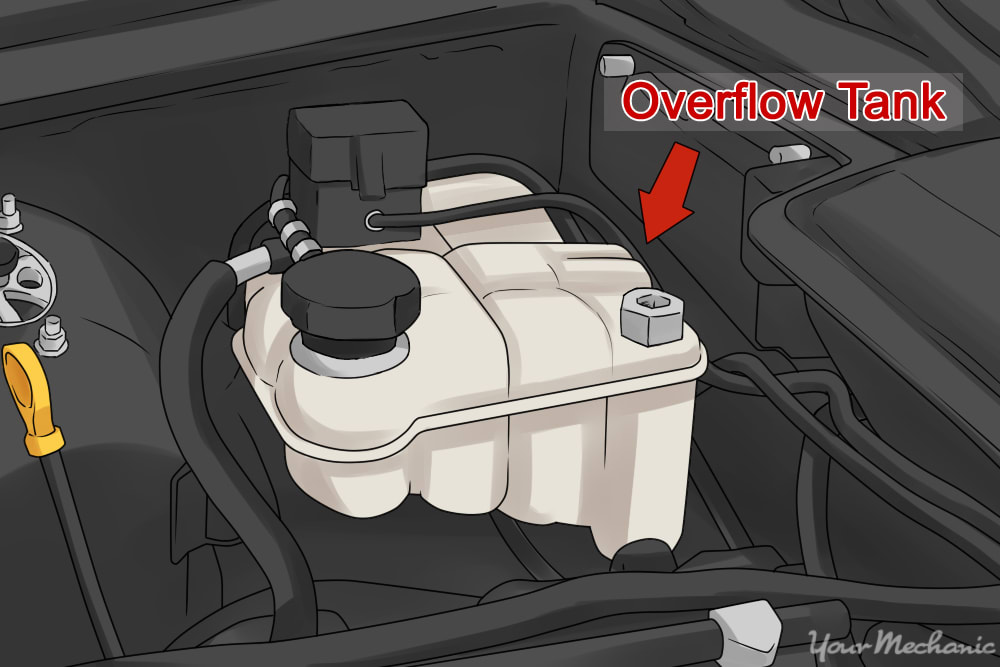No, the car does not need to be running when adding coolant. Adding coolant should be done with the engine off for safety and to prevent burns or accidents.
It is important to follow the manufacturer’s recommendations for proper coolant levels and to use the correct type of coolant for your vehicle. Keeping your car’s cooling system maintained is essential for optimal performance and preventing overheating. Regularly checking and adding coolant as needed can help extend the life of your engine and prevent costly repairs in the future.
By following simple maintenance steps, you can ensure your car stays cool and runs smoothly.
Importance Of Proper Coolant Levels
Keeping your car’s coolant levels in check is essential for the smooth and efficient performance of your vehicle. Coolant, also known as antifreeze, plays a crucial role in maintaining the engine’s temperature, preventing overheating, and lubricating vital components. In this article, we will explore the importance of proper coolant levels and the effects of low coolant levels.
Checking Coolant Levels
Regularly checking your car’s coolant levels is a simple task that any car owner can easily perform. To begin, ensure that your vehicle is parked on a flat surface and the engine is cold. Locate the coolant reservoir, typically a translucent plastic container with high and low level markings.
Open the hood and locate the coolant reservoir cap, usually situated near the radiator. Carefully remove the cap, being cautious of any residual pressure. Tp-grad a clean rag or paper towel, wipe the dipstick, and reinsert it back into the coolant reservoir.
Note: Some vehicles may have a radiator cap instead of a separate coolant reservoir cap. In such cases, exercise caution and refer to your vehicle’s owner manual for guidance.
After inserting the dipstick back into the coolant reservoir, remove it again to check the coolant level. Ensure that the coolant level adheres to the “Full” or “Max” marking. If the level is below the recommended mark, you need to add coolant.
Effects Of Low Coolant Levels
Driving with low coolant levels can lead to several adverse effects on your car’s engine and overall performance. Here are a few potential consequences of allowing your coolant levels to drop below the recommended level:
- Overheating: Coolant helps regulate the engine’s temperature, preventing it from overheating. Inadequate coolant levels can cause the engine to overheat, resulting in potential damage to various engine components.
- Increased Friction: Without proper coolant circulation, certain engine components may not be adequately lubricated, leading to increased friction and wear.
- Corrosion and Rust: Coolant also acts as a corrosion inhibitor, protecting the engine’s various metal components from rust and corrosion. Low coolant levels can leave these parts vulnerable to damage.
- Poor Fuel Efficiency: When the engine operates at an elevated temperature due to insufficient coolant, it can consume more fuel, resulting in decreased fuel efficiency.
In conclusion, maintaining proper coolant levels is crucial for the optimal performance and longevity of your vehicle. Regularly checking your coolant levels and ensuring they meet the recommended levels can prevent potential engine damage, overheating, increased friction, and poor fuel efficiency. Remember to add coolant as needed and consult a professional if you encounter any issues or have concerns about your car’s cooling system.

Credit: driving-tests.org
Is It Necessary To Have The Car Running?
It’s a common question many car owners have: Do you need to have the car running when adding coolant? There are various opinions on this topic, so it’s important to clarify whether it’s necessary to have the car running and understand the associated concerns when adding coolant to your vehicle.
Common Misconceptions
One common misconception about adding coolant is that the car should be running. This is not necessarily true, and there are valid reasons why the engine can be off while adding coolant. It’s essential to address this misconception to ensure proper maintenance of your vehicle.
Manufacturer’s Recommendation
Manufacturers typically recommend adding coolant to a cold engine. Keeping the car off while adding coolant reduces the risk of burns and pressure-related accidents. Following the manufacturer’s recommendation ensures a safe and effective coolant refill process.
Pros Of Adding Coolant With Engine Off
Adding coolant with the engine off can offer several advantages in terms of safety and efficiency. Safety precautions must be observed to prevent hot coolant sprays that can cause injuries.
Safety Precautions
When adding coolant with the engine off, wear protective gear like gloves and goggles.
Preventing Hot Coolant Sprays
- Allow the engine to cool down before opening the coolant reservoir.
- Slowly unscrew the cap to release any pressure buildup.
- Avoid overfilling the reservoir to prevent spills when the engine heats up.

Credit: debrouxautomotive.com
Cons Of Adding Coolant With Engine Off
The Cons of Adding Coolant with Engine Off
Risk Of Underfilling
Adding coolant with engine off may lead to the risk of underfilling the system, which can impact the cooling efficiency.
Limited Circulation
With the engine off, there is limited circulation of coolant throughout the system, affecting its ability to cool the engine properly.
Steps To Safely Add Coolant
When it comes to maintaining your vehicle, adding coolant is an essential task to keep the engine running smoothly. However, many people are unsure whether the car needs to be running when adding coolant. In this guide, we will discuss the steps to safely add coolant to your car.
Preparing The Vehicle
Before adding coolant, make sure the car has cooled down to prevent any potential burns. Also, ensure that the engine is turned off and the vehicle is parked on a level surface. Next, locate the coolant reservoir, which is typically a translucent plastic tank with a clearly marked “coolant” label.
Adding The Coolant
Once the vehicle is prepared, it’s time to add the coolant. First, verify the type of coolant recommended for your car by checking the owner’s manual or consulting a professional. Then, remove the cap from the coolant reservoir and carefully pour the coolant into the tank. Make sure not to overfill, as this can lead to leaks and other issues. Finally, replace the cap securely to prevent any spills or leaks.

Credit: www.yourmechanic.com
Conclusion
In sum, adding coolant to a running car is not advisable. It’s crucial to turn off the engine for safety and efficiency. Be sure to follow the manufacturer’s guidelines for the best results. By doing this, you can keep your car in top condition and avoid any potential risks.
Always prioritize safety first!


